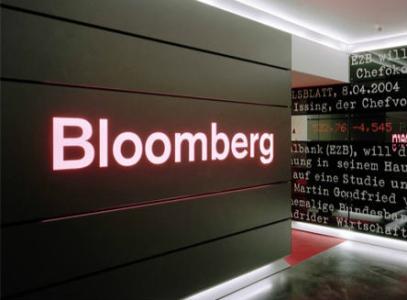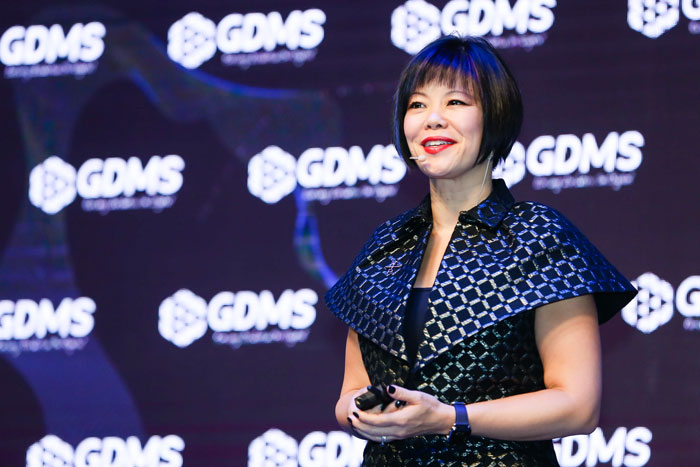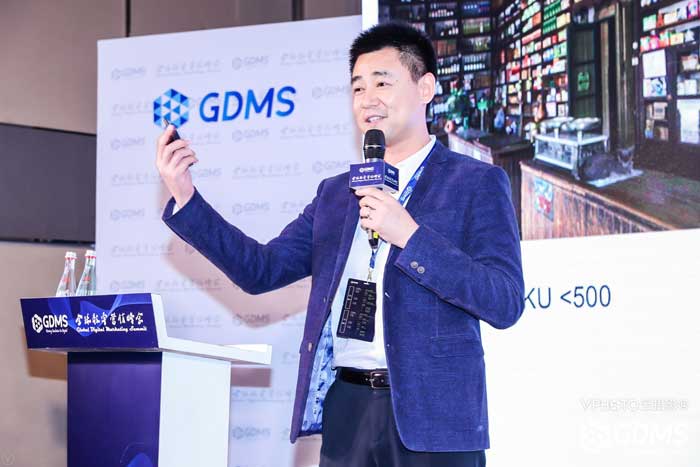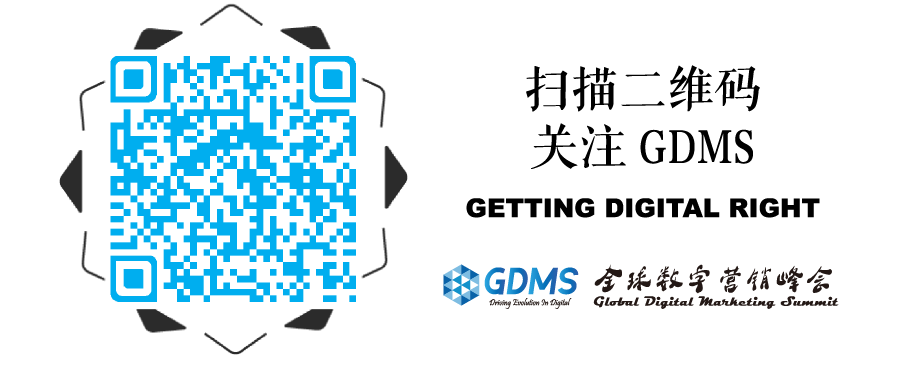When Bloomberg writes a story about a public company or commodity, it’s bringing market information dynamically into the adjacent ad.
Bloomberg is packaging up this programmatic creative as a new ad unit, which it’s calling DataLock.
Bank of Montreal and the Chicago Mercantile Exchange Group this quarter agreed to be the first advertisers to use it.
DataLock is designed to reduce banner blindness since it provides financial information of interest to Bloomberg’s readers in the right rail, an area users often ignore.
And the ad unit showcases how Bloomberg’s data can
“We wanted to highlight the power of Bloomberg data and how that data could be married with an advertiser’s message to drive relevance,” said Derek Gatts,Bloomberg’s global head of ad trafficking, technology and product.
Plus, Bloomberg does all the work on behalf of the advertiser. “One of the challenges with programmatic creative is that it’s a burden on the advertisers to build those creative variations. We have those variations built in automatically,” Gatts added.
Bloomberg uses machine learning to dynamically pull the correct company’s information into the ad. A proprietary personalization algorithm ranks companies to determine if Tesla, for example, is the most relevant company in the article.
Because Bloomberg already had these machine learning capabilities in place to power other parts of its site, the team created the new ad product in about a month.
“One of the priorities we had was to come up with ideas we could get into the market quickly that worked with our unique assets in terms of pipes, data and APIs,” said Michael Shane,Bloomberg’s global head of digital innovation, who helps facilitate collaboration between editorial and advertising.
The stock information runs in a 300×600 IAB standard unit on Bloomberg’s redesigned desktop experience. Launched in October, the website template brings content back to the right rail.
Videos run in the right rail, for example, as well as high-impact ads. In the case of DataLock, the ad provides content – a stock price – along with a brand message.
“We can’t effectively do an ad like this if we didn’t prioritize having a clean user experience,” Gatts said. “We removed the noise from the right rail. We allow for multiple ads to roll with you, but it’s not a noisy experience.”
DataLock isn’t Bloomberg’s first effort to merge its content with its advertising.
In August, it rolled out B:Pop, an ad product which paired a content recommendation with an advertiser’s message. Since Bloomberg has invested both in data and in APIs to make that data readily available, Gatts and Shane expect to roll out more data-driven ad products.
“This is the first step down a path of ‘altered relevance,’” Gatts said, or using personalization to make content and ads more relevant to the user seeing that ad.
In the meantime, it will try to attract more advertisers to the product and work at rolling out DataLock on mobile. Bloomberg also wants to offer the unit programmatically via automated guaranteed deals. But in the meantime, it’s only selling the ads directly and onBloomberg properties.
“Long term, my goal is for advertisers to look at Bloomberg as a platform with data and APIs that can create an interesting, dynamic ad experience, whether it’s programmatic or totally custom,” Shane said.






